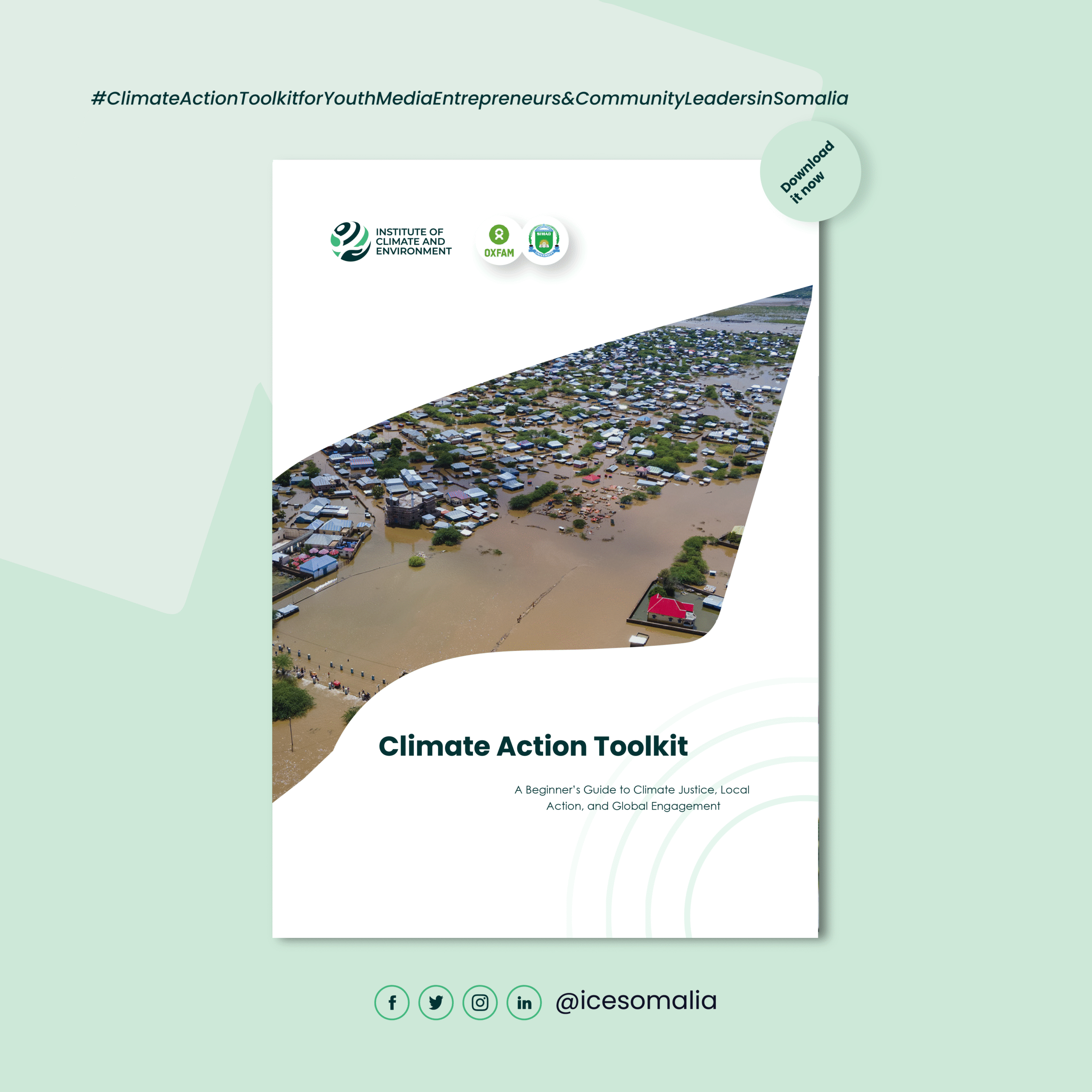
International Biodiversity Day: Facts From Somalia
Biodiversity refers to the whole spectrum of species found throughout the world’s ecosystems, plants, and animals. One of the Horn of Africa’s biodiverse nations with a high concentration of indigenous species is Somalia. The variety and endemism of species in Somalia are well known. There are 1,332 animal species and more than 5,000 plant species, with more than 55% of the plant species being indigenous. In terms of floral endemism, Somalia is regarded as a hub; of the 700 species that have been identified, 17% are endemic. Somalia, which has the longest coastline in Africa, is also home to well-developed coral reefs that are rich in species, including fish, dolphins, coral, and coral. Biodiversity is declining at an alarmingly rapid rate as a result of poor natural ecosystem involvement. Somalia is experiencing a grave crisis of biodiversity. A significant portion of the nation’s natural ecology has been lost during the past few decades, and many plant and animal species are now endangered or extinct. The biggest threats to biodiversity and its ecosystems are violence, overfishing, pollution, invasive alien species, and tsunamis. Other dangers include habitat degradation, loss, and deterioration. According to the IUCN Red List 2015, Somalia is home to 168 endangered species, including 13 mammal species and 43 plant species.
The loss of biodiversity in Somalia is having a number of negative impacts on the country. If business continues as usual, agricultural products will decline, the loss of livestock will increase, and the entire natural habitat will be depleted. As one of the most vulnerable countries to climate change and environmental degradation, the country needs the acceleration of the domestication of the Convention on Biological Diversity (CBD), which is a global legal instrument for “the conservation of biological diversity, the sustainable use of its resources, and the fair and equitable sharing of the benefits arising out of the utilization of genetic resources.
The National Biodiversity Strategy and Action Plan (NBSAP) must be integrated into Somalia’s national development plan and other conventions, particularly the Rio conventions, in order for Somalia to meet the 2020 Aichi biodiversity targets.
Today, we join the international community in celebration of the International Biodiversity Day under the theme of “From Agreement to Action: Build Back Biodiversity”. This theme advances the outcomes of COP 15. The implementation of the Kunming-Montreal Global Biodiversity Framework (agreement) must now take precedence over its adoption (activity).
What Can you can do now!?
On this momentous occasion dedicated to celebrating biodiversity and inspiring action, let us deeply internalize the essence of what is truly vital for humanity: the intricate web of life that sustains us all. It is within our collective power to take small yet significant steps towards nurturing and restoring our planet’s biological diversity. These steps do not necessitate the sorcery of advanced science; rather, they call for a sense of shared responsibility and a commitment to change. One transformative act that can propel us towards a better future lies in reducing our reliance on plastic, a substance that wreaks havoc on our ecosystems. Embracing the principles of reuse and recycling can prove to be a game changer in our quest to heal the planet. By adopting sustainable practices and opting for eco-friendly alternatives, we can pave the way for a thriving and resilient biosphere.
Equipping ourselves with knowledge about biosafety is another invaluable tool in this noble undertaking. Understanding the intricate connections between species, ecosystems, and our own well-being empowers us to make informed choices and contribute to the preservation of biodiversity. Each tree we plant acts as a guardian of life, providing vital habitats for countless species and playing a crucial role in the carbon cycle. Moreover, by consciously conserving our energy usage, we can mitigate our impact on the environment and reduce our carbon footprint.
Yet, the path to restoring biodiversity requires more than individual action alone. By devoting a fraction of our time to volunteering with environmental organizations, we can amplify our impact and collaborate with like-minded individuals to initiate meaningful change. Together, we can revive, restore, and rebuild the delicate tapestry of life on Earth, securing a harmonious existence for ourselves and generations to come. Let us remember that no action is too small, and each contribution adds up to a brighter, more biodiverse future. By embracing our role as stewards of the Earth and taking these collective steps towards sustainability, we can embark on a profound journey towards preserving and protecting the richness of life that surrounds us.







